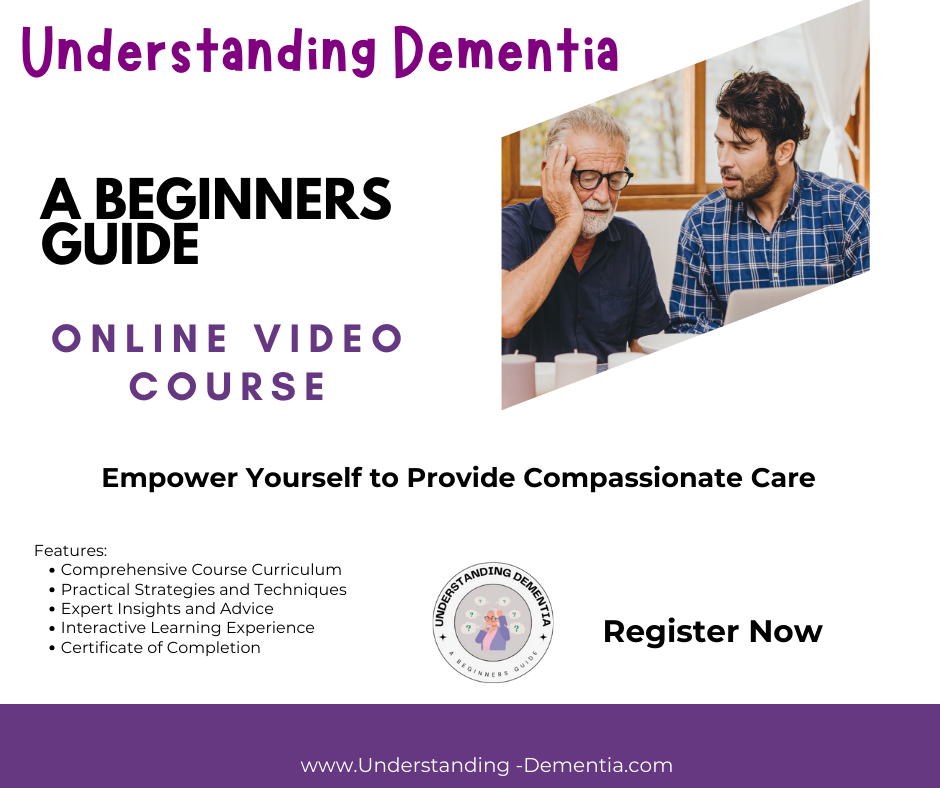Caring for a loved one with dementia can be challenging. As the disease progresses, communication becomes more difficult, and it can often feel like the emotional connection you once shared starts to fade. But there’s one powerful tool that can help: storytelling. By telling stories, you can bridge the gap between the present and the past, promote emotional connections, and improve communication. Let’s explore how storytelling can enhance dementia care and bring comfort to both caregivers and their loved ones.
1. Understanding Dementia and Its Impact on Communication
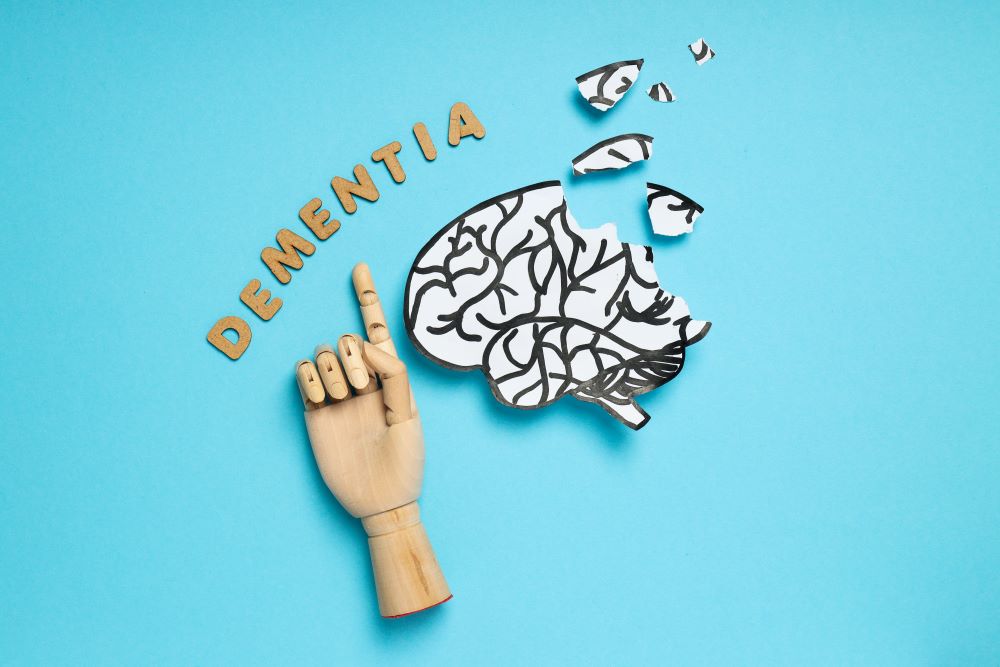
Dementia is a progressive condition that affects memory, communication, and emotional regulation. As a caregiver, you may notice that your loved one has difficulty remembering names, finding the right words, or understanding conversations.
This can be frustrating and heartbreaking, not only for the person with dementia but for you as well.
Storytelling, however, can offer a way to bypass some of these communication barriers. Sharing stories—whether they’re personal anecdotes, family memories, or simple tales—can help spark emotions and thoughts that may otherwise be lost.
By using familiar stories that hold meaning for your loved one, you create a bridge that allows for connection, even when words might not come easily.
2. The Role of Storytelling in Building Emotional Connectionser
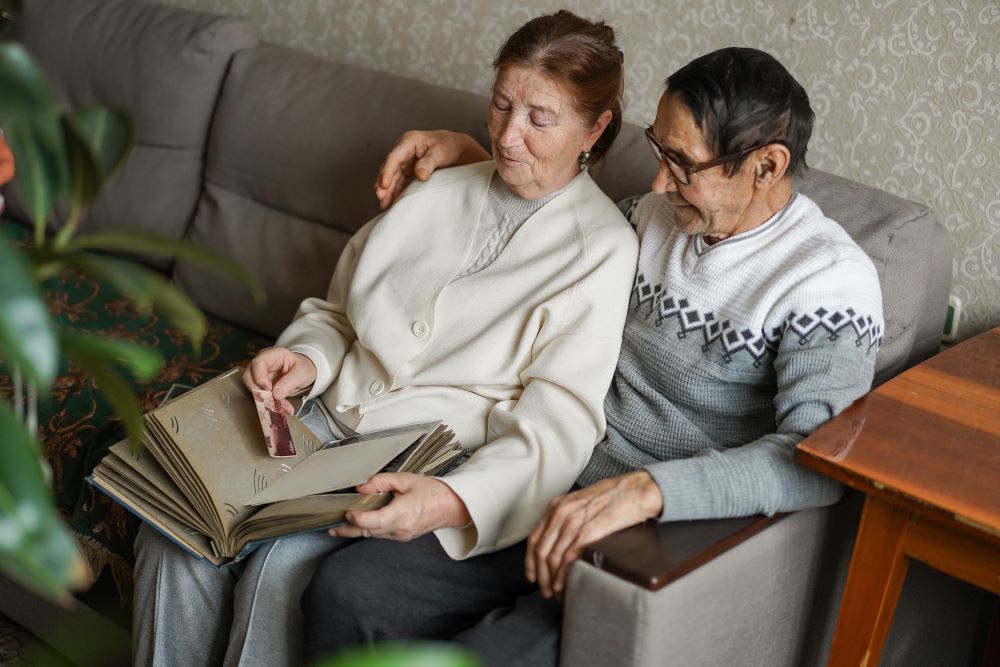
One of the most powerful aspects of storytelling is its ability to tap into deep emotions. When we tell a story, especially one that’s familiar, it often brings feelings of nostalgia, joy, and comfort.
For someone with dementia, storytelling can act as a gentle reminder of the emotions tied to certain events or people in their life.
When you share a story with your loved one, you’re doing more than just speaking words. You’re creating an emotional experience that brings them closer to you.
Whether you’re talking about their childhood, a special vacation, or a funny family memory, these stories can foster a sense of belonging and security.

A Special Story: Uncle Jack’s Navy Tale
One story that always brings a smile to my face is the tale my Uncle Jack loved to tell about his time in the Navy. He loved to recount how, during his service, he accidentally backed one of the military jeeps off the ship—and straight into the water.
Every time he told that story, his eyes would sparkle, and he’d laugh as if it had just happened yesterday. It didn’t matter how many times he shared it, it always brought him joy. For those of us who listened, it wasn’t just the story—it was the way he told it, full of life, humor, and vivid details.
Even when his memory began to fade, that story was one he never forgot. It remained a precious part of who he was, a story that connected him to his past and to us, and every time he shared it, we could feel the laughter and energy he once had.
Storytelling, like Uncle Jack’s, holds a power to keep the past alive in ways that words alone cannot.
3. Using Stories to Relive the Past
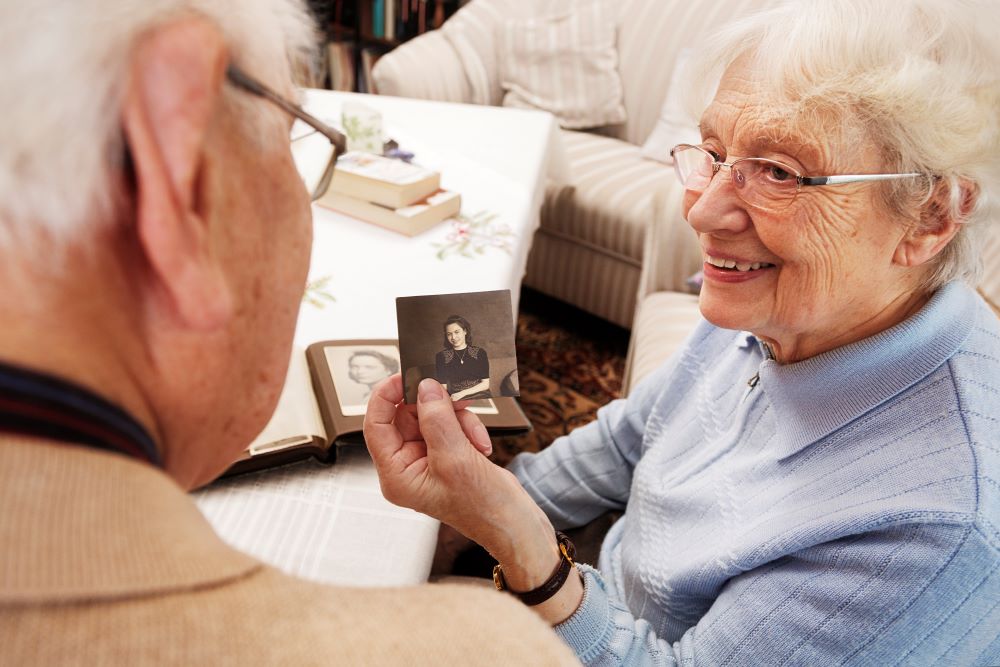
As dementia progresses, it can become harder for a person to hold onto their memories. However, the power of storytelling can help them reconnect with their past in meaningful ways.
By sharing stories about their life—whether it’s their wedding day, the birth of a child, or a favorite hobby—they may start to recall details they hadn’t thought about in years.
This kind of reminiscence can be deeply therapeutic. It gives your loved one the opportunity to relive moments that have shaped who they are and can provide comfort when they feel disoriented or anxious.
Even in later stages of dementia, sharing familiar stories can help ground them and reduce feelings of confusion.
4. Storytelling as a Tool for Non-Verbal Communication
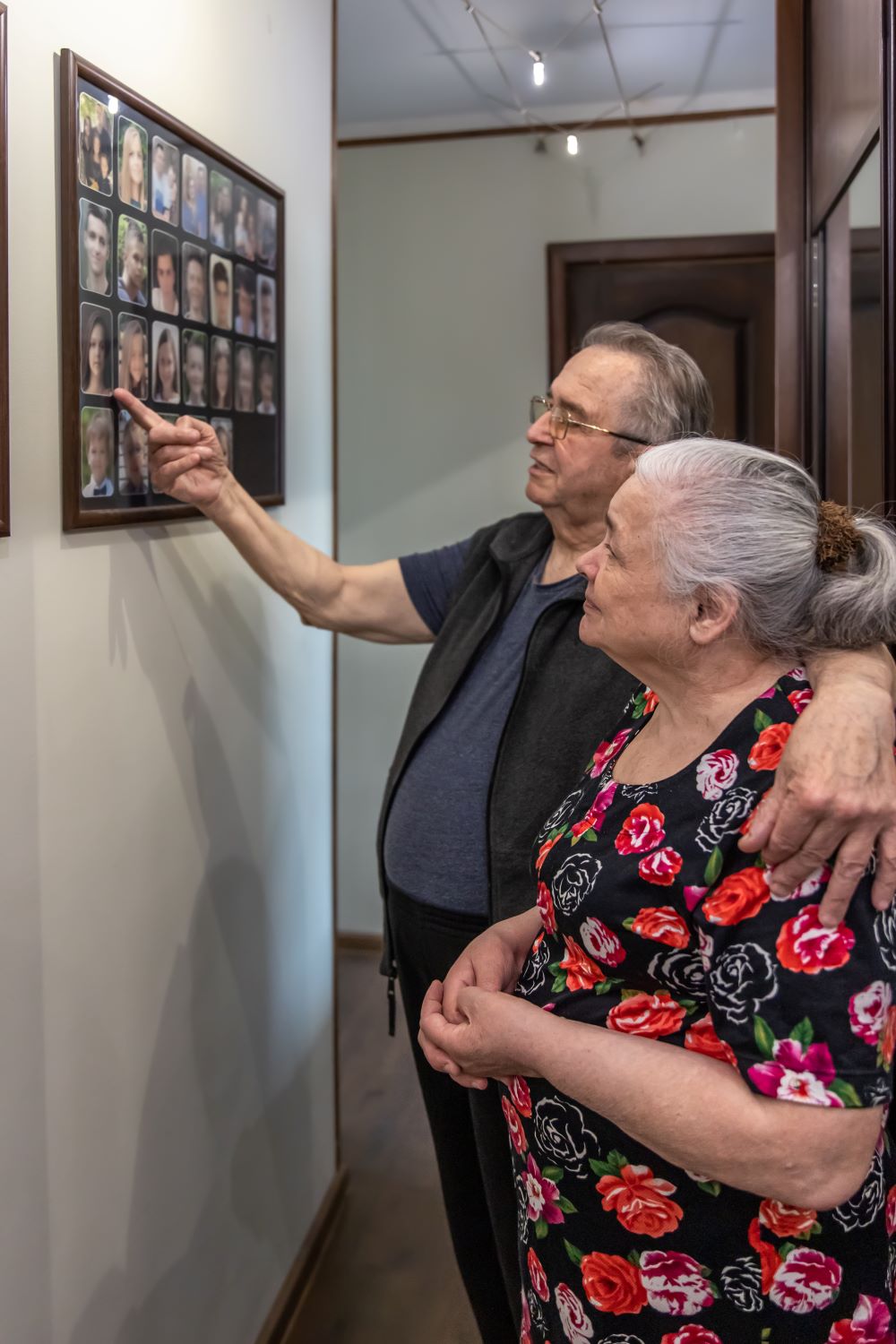
Sometimes, words aren’t enough to express what someone with dementia is feeling or thinking. This is where storytelling can be a powerful tool for non-verbal communication. Through tone of voice, facial expressions, body language, and visual aids, you can create an experience that goes beyond words.
For example, showing a picture from an old family vacation while telling a story about it can evoke memories and emotions. This combination of visual and verbal storytelling can help stimulate your loved one’s senses and encourage them to engage, even if they’re not able to verbalize their thoughts clearly.
5. Encouraging Participation in the Storytelling Process
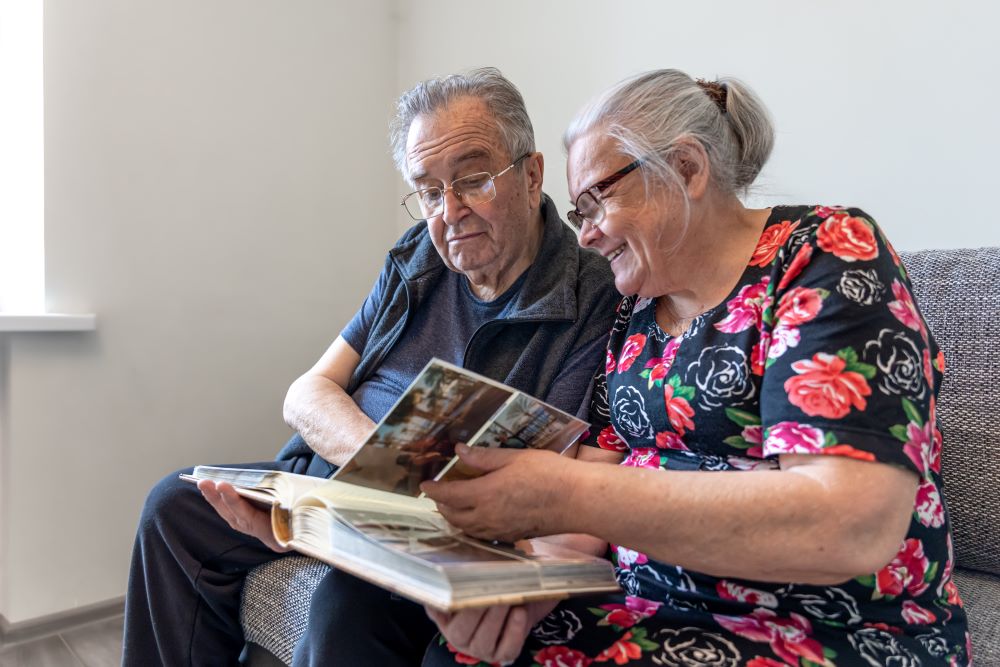
Storytelling doesn’t just have to be a one-way experience. You can actively involve your loved one in the process, which can help boost their engagement and confidence.
Ask them open-ended questions or give them a chance to share their own stories. Even if they can’t remember everything, they may still enjoy talking about things they remember, especially when they feel encouraged and supported.
Simple prompts like “Do you remember when we went on that road trip?” or “What was your favorite holiday tradition?” can spark memories and initiate conversation.
The goal isn’t to force them to remember every detail but to foster an environment where they feel comfortable participating.
6. Benefits of Storytelling for Caregivers

While storytelling can be beneficial for the person with dementia, it also provides significant emotional rewards for the caregiver. Sharing stories can strengthen your bond and create moments of connection that might otherwise be difficult to achieve.
This can provide a sense of comfort and fulfillment as you navigate the challenges of caregiving.
Storytelling also allows caregivers to pause and reflect on the positive aspects of their loved one’s life. It’s easy to become overwhelmed by the difficulties of dementia care, but telling stories can remind you both of the happy moments and the love that still exists, even as the disease progresses.
7. Practical Tips for Storytelling in Dementia Care

Here are some practical tips for incorporating storytelling into dementia care:
- Keep it simple and short: Stick to simple stories that are easy to follow and don’t overwhelm your loved one with too much information at once.
- Use visual aids: Pictures, old videos, and objects from the past can help bring the story to life and stimulate memories.
- Be patient: Allow your loved one time to process the story and respond in their own way. Don’t rush or interrupt them. Learn more about developing more patience HERE.
- Let them take the lead: If your loved one wants to share their own memories, be sure to listen and encourage them.
- Be flexible: Sometimes, the story you tell might not lead to the reaction you expect. That’s okay. The goal is connection, not perfection.
8. Frequently Asked Questions

How can storytelling help my loved one with dementia when they have trouble remembering things?
Answer: Storytelling taps into emotions and past experiences that may still be accessible, even if detailed memories aren’t. Sharing familiar stories can help bring comfort, reduce anxiety, and create emotional connections.
How do I encourage my loved one to participate in storytelling?
Answer: Ask open-ended questions like, “Do you remember when we went on that vacation?” or “What was your favorite family tradition?” Use photos or objects to prompt memories and let your loved one share what they remember, even if it’s just bits and pieces.
What if my loved one no longer remembers certain stories?
Answer: Even if your loved one can’t recall a specific story, the act of sharing it can still be comforting. Let them enjoy the moment, and remember that the connection is more important than the details.
Can storytelling work for someone in the later stages of dementia?
Answer: Absolutely! Even in the later stages, storytelling can evoke emotions and provide comfort. Use simple, sensory stories that involve familiar sounds, smells, or objects, and be patient in the process.
What types of stories should I share with my loved one?
Answer: Share stories that are meaningful to them—family traditions, funny anecdotes, or personal memories from their past. Focus on the positive and enjoyable moments to evoke feelings of happiness and security.
Conclusion
Storytelling has a unique and powerful role in dementia care. It helps bridge communication gaps, fosters emotional connections, and allows for the reliving of cherished memories.
Whether you’re telling a story from your own life or asking your loved one to share their own, storytelling can bring comfort and meaning to both caregivers and those living with dementia.
If you’re a caregiver, try to incorporate storytelling into your daily routine. It’s a simple yet effective way to connect with your loved one, create moments of joy, and remind them that they are still valued and loved. You may find that, in the midst of dementia’s challenges, storytelling becomes a powerful tool for emotional connection and care.
Hi, I'm Larea, I am a Registered Nurse specializing in Dementia Care, with 30 years of experience supporting dementia patients and their families. Over the years, I have provided care in diverse settings, including homes, hospitals, nursing homes, assisted living facilities, and hospice. My passion is guiding caregivers, sharing my knowledge and experience to help them navigate the challenges of dementia care with confidence and compassion.





